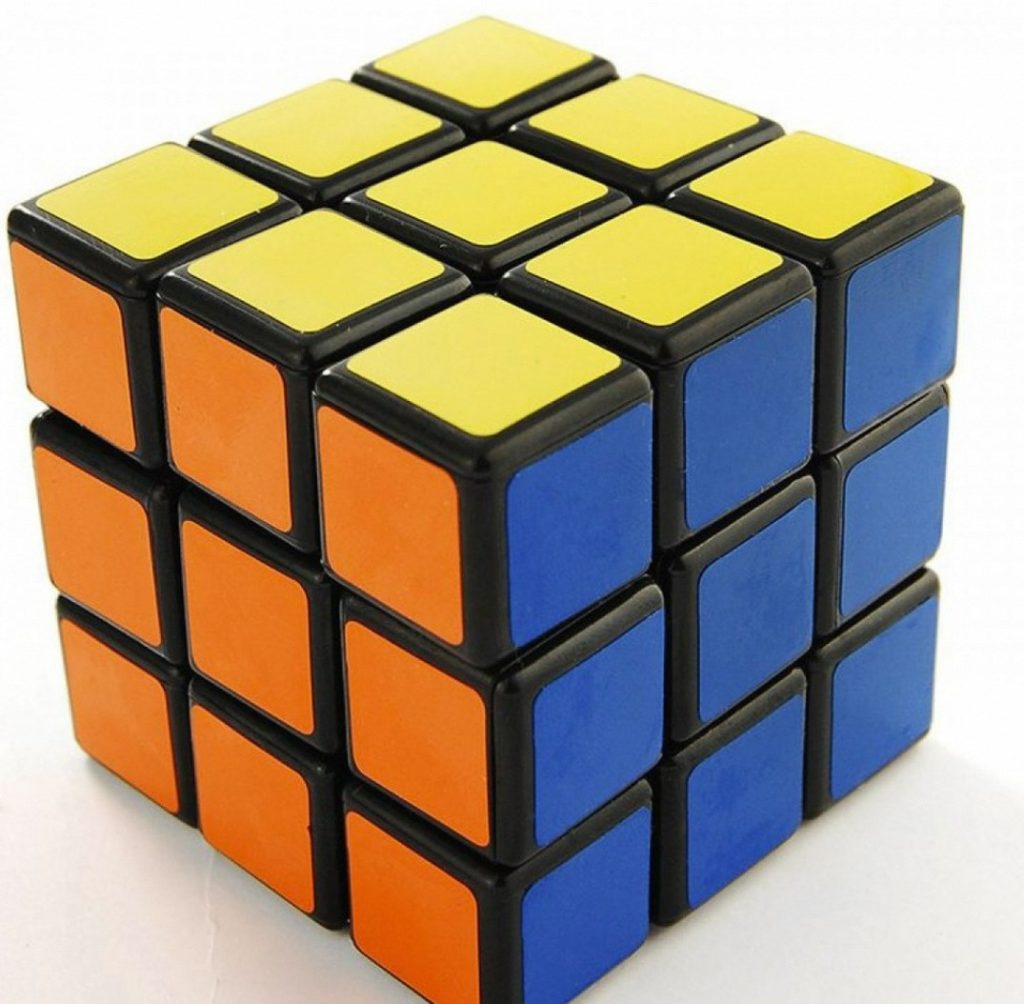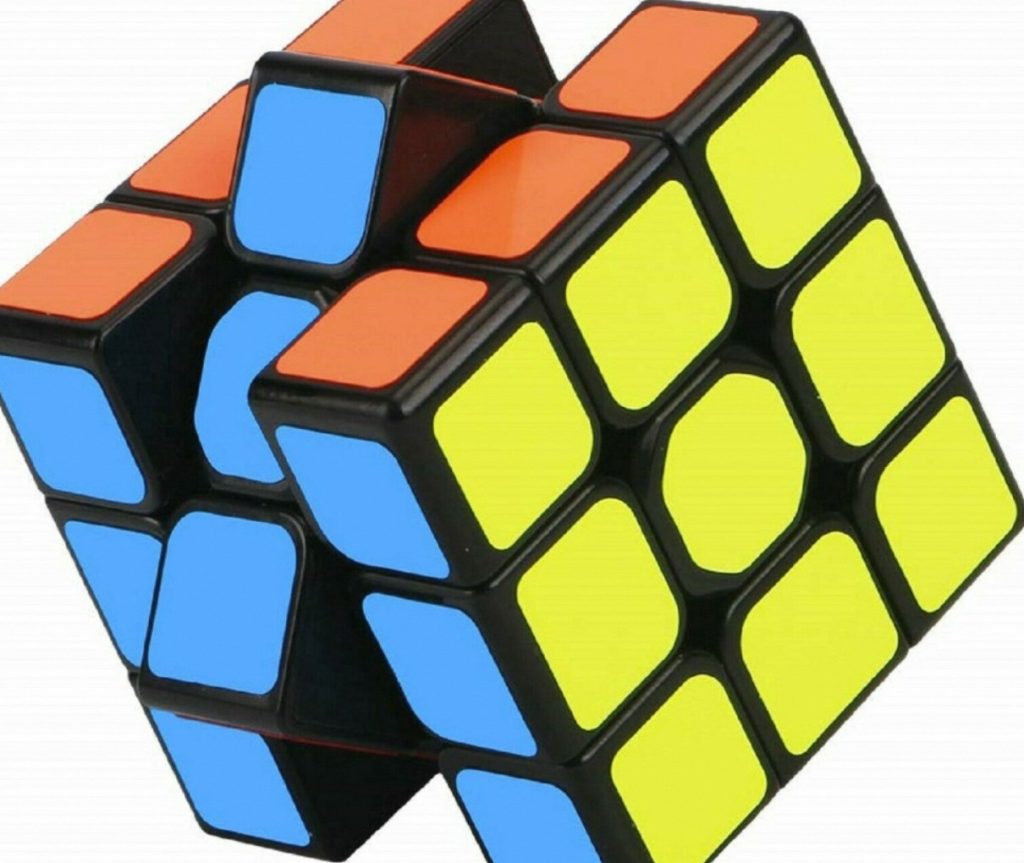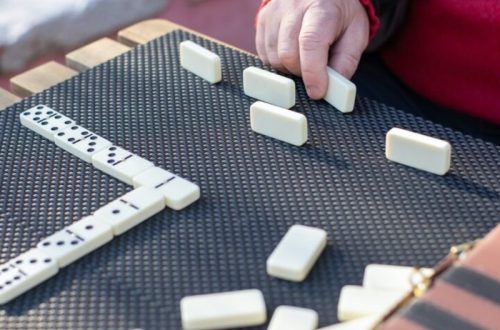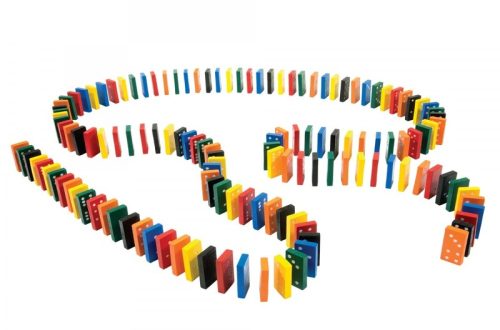The Rubik’s Cube has captivated minds for decades, and the challenge of solving it quickly has become a popular pursuit. While mastering the solution takes dedication and practice, there are specific strategies that can significantly improve your speed. This article outlines four crucial areas to focus on, each with two key points, to transform you from a beginner to a sub-minute speedcuber.
Part 1: Mastering an Efficient Method

Beyond the Beginner’s Method:
The beginner’s layer-by-layer method is a great starting point, but it becomes inefficient for speedcubing. Transitioning to the CFOP method, which stands for Cross, F2L (First Two Layers), OLL (Orientation of Last Layer), PLL (Permutation of Last Layer), unlocks significant speed gains. This method breaks down the solve into smaller, more manageable steps, allowing for quicker execution.
F2L Efficiency:
In the CFOP method, which stands for Cross, F2L, OLL, and PLL, mastering the F2L (solving the first two layers simultaneously) is essential for improving your speed and efficiency in solving the Rubik’s Cube. Within the F2L stage, algorithms such as “insertion” and “reduction” play a critical role. These algorithms enable you to solve multiple edge and corner pieces simultaneously, thereby minimizing the number of moves required to complete this phase. By practicing the recognition of patterns typical in F2L and executing these algorithms smoothly, you can significantly reduce your solve time. Consistent practice of these algorithms and patterns is key to building the muscle memory necessary for smooth execution. With time and dedicated effort, mastering F2L will greatly enhance your ability to efficiently solve the Rubik’s Cube, ultimately contributing to a noticeable improvement in your overall solving skill and speed.

Part 2: Finger Dexterity and Recognition
Developing Finger Tricks:
Participating in speedcubing necessitates the development of efficient finger movements. The use of finger tricks such as fingertip turning, wrist rotations, and lookahead is essential to minimize pauses between rotations, facilitating smoother and faster execution of algorithms. By mastering fingertip turning, which involves utilizing the tips of your fingers to swiftly rotate specific cube layers, you can significantly increase agility and dexterity. Additionally, incorporating wrist rotations into your technique enables you to optimize the efficiency of your moves while reducing unnecessary hand movements. Lookahead, the ability to anticipate and plan your subsequent moves while executing algorithms, is another vital skill for speedcubing. Practicing and refining these techniques will enhance your overall speedcubing performance, allowing you to execute algorithms smoothly and swiftly, ultimately contributing to improved solving times and proficiency. By integrating these finger tricks into your speedcubing practice, you can work towards achieving faster and more efficient solves.
Color Neutrality:
Changing your approach to recognizing pieces by their specific position rather than their color can revolutionize your solving technique. This shift in perspective eliminates the need for mental translation of colors during the solve, enabling quicker decision-making and execution of algorithms. By training yourself to solve the Rubik’s Cube based on the position of the pieces, you can streamline your solving process, leading to faster and more efficient solves. To reinforce this method, practice solving the cube from different starting positions. This training is essential for educating your brain to instinctively recognize and respond to the arrangement of the pieces rather than relying solely on the colors. With consistent practice from various starting points, you can build the capacity to quickly assess and solve the Rubik’s Cube using a position-based recognition approach, ultimately enhancing your overall solving proficiency.

Part 3: Minimizing Inspection Time
Planning During Inspection:
Avoid wasting precious seconds by simply staring at the scrambled Rubik’s Cube. Use the inspection time effectively by identifying the first few steps of your solve, particularly focusing on the cross and F2L (First Two Layers) placements. By planning and visualizing these initial steps during the inspection, you set yourself up to begin executing algorithms immediately once the inspection period ends, ultimately reducing your overall solve time. This proactive approach allows you to efficiently transition from inspection to execution, ensuring that you make the most of the valuable seconds available for solving the cube. With practice, you can develop the ability to quickly assess and plan your moves during the inspection phase, leading to smoother and more efficient solves. By optimizing your use of inspection time and planning your initial moves, you can work towards achieving faster solving times and improving your overall performance with the Rubik’s Cube.
Lookahead:
When executing algorithms while solving the Rubik’s Cube, it’s essential to anticipate the next steps by practicing lookahead techniques. Look ahead enables you to identify the next piece you need to solve and plan the finger movements required to accomplish the next steps in the solving process. By continuously planning and preparing for the upcoming moves, you can minimize pauses between algorithms and keep your solve flowing smoothly, ultimately contributing to faster solving times. Planning the subsequent moves in advance allows you to seamlessly transition from one algorithm to the next and maintain a steady solving pace. By honing your lookahead skills through regular practice and dedication, you can develop the ability to efficiently anticipate and plan your moves, leading to smoother and more fluid solves. Through consistent application of lookahead techniques, you can effectively enhance your overall solving proficiency and achieve improvements in your speedcubing performance.

Part 4: Practice and Consistency
Regular Practice:
To significantly improve your speed in solving the Rubik’s Cube, consistent practice is the cornerstone. Aim for dedicated practice sessions, honing in on specific aspects such as F2L (First Two Layers) or OLL (Orienting of the Last Layer) algorithms. By focusing on these particular elements during your practice, you can gain a deeper understanding of the techniques involved, leading to increased proficiency. Repetition is crucial for building muscle memory and improving the speed of your solves. Regularly practicing these algorithms and efficient solving methods will ultimately lead to quicker and more efficient solving times. It’s important to be patient and dedicated, as progress may not happen overnight. With continued practice, determination, and a focus on specific aspects of the solving process, you can gradually enhance your speed and proficiency in solving the Rubik’s Cube.
Tracking Progress:

Monitor your solve times using online timers or apps. This allows you to identify areas for improvement and track your progress over time. Celebrate milestones and set achievable goals to stay motivated.
Remember, becoming a sub-minute speedcuber takes time and dedication. By focusing on these key strategies, practicing regularly, and maintaining a consistent approach, you can significantly improve your Rubik’s Cube solving speed and join the ranks of speedy cubers.


